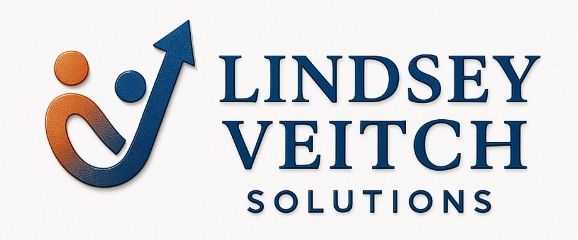Common Client Onboarding Mistakes and How to Avoid Them
Understanding Client Onboarding
Client onboarding is a critical process in establishing a successful relationship with new clients. It sets the tone for how future interactions will unfold and can significantly impact client retention rates. However, many businesses make common mistakes during this phase, which can lead to misunderstandings and dissatisfaction.
Addressing these mistakes early can help you streamline operations and improve client satisfaction. The key to a successful onboarding process lies in clear communication, setting expectations, and ensuring that all necessary steps are followed.

Common Onboarding Mistakes
Lack of Clear Communication
A frequent mistake in client onboarding is the lack of clear and consistent communication. Clients need to understand what to expect from your service, and you need to understand their needs and expectations. Miscommunication can lead to confusion and frustration on both ends.
To avoid this, establish a structured communication plan. Set up regular check-ins and make sure all stakeholders are informed about project milestones and updates. Utilize tools such as email summaries or project management software to keep everyone on the same page.
Insufficient Preparation
Another common pitfall is inadequate preparation before the onboarding process begins. This includes not having necessary documentation ready, failing to set up accounts or systems, and not briefing the team adequately.

Ensure that you have all the required documents and resources in place before the client onboarding starts. This preparation demonstrates professionalism and helps build trust with your clients from the outset.
Strategies for Successful Onboarding
Set Clear Expectations
One of the most effective ways to avoid onboarding issues is by setting clear expectations from the start. This involves outlining the scope of work, timelines, deliverables, and any potential limitations. Transparent discussions about what clients can expect will help align goals and prevent future misunderstandings.
- Detailed project plans
- Transparent pricing models
- Defined communication channels
Personalize the Experience
Every client is unique, and a one-size-fits-all approach seldom works well in client onboarding. Tailoring your approach to meet the specific needs of each client can lead to better outcomes and a more positive client experience.

Consider gathering detailed information about the client's business, challenges, and objectives. Use this information to customize your services and demonstrate your commitment to helping them achieve their goals.
The Role of Feedback
Feedback is an invaluable tool during the onboarding process. It allows you to identify areas for improvement and make necessary adjustments. Encourage clients to share their thoughts and experiences throughout the onboarding journey.
- Regular feedback sessions
- Client surveys
- Open-ended communication channels
By actively seeking feedback, you show clients that their opinions matter and that you are committed to providing the best possible service.
Conclusion
Avoiding common client onboarding mistakes requires attention to detail, effective communication, and a personalized approach. By implementing these strategies, businesses can enhance their onboarding processes, leading to stronger client relationships and improved retention rates. Remember, a successful onboarding is the foundation for a long-lasting partnership with your clients.
